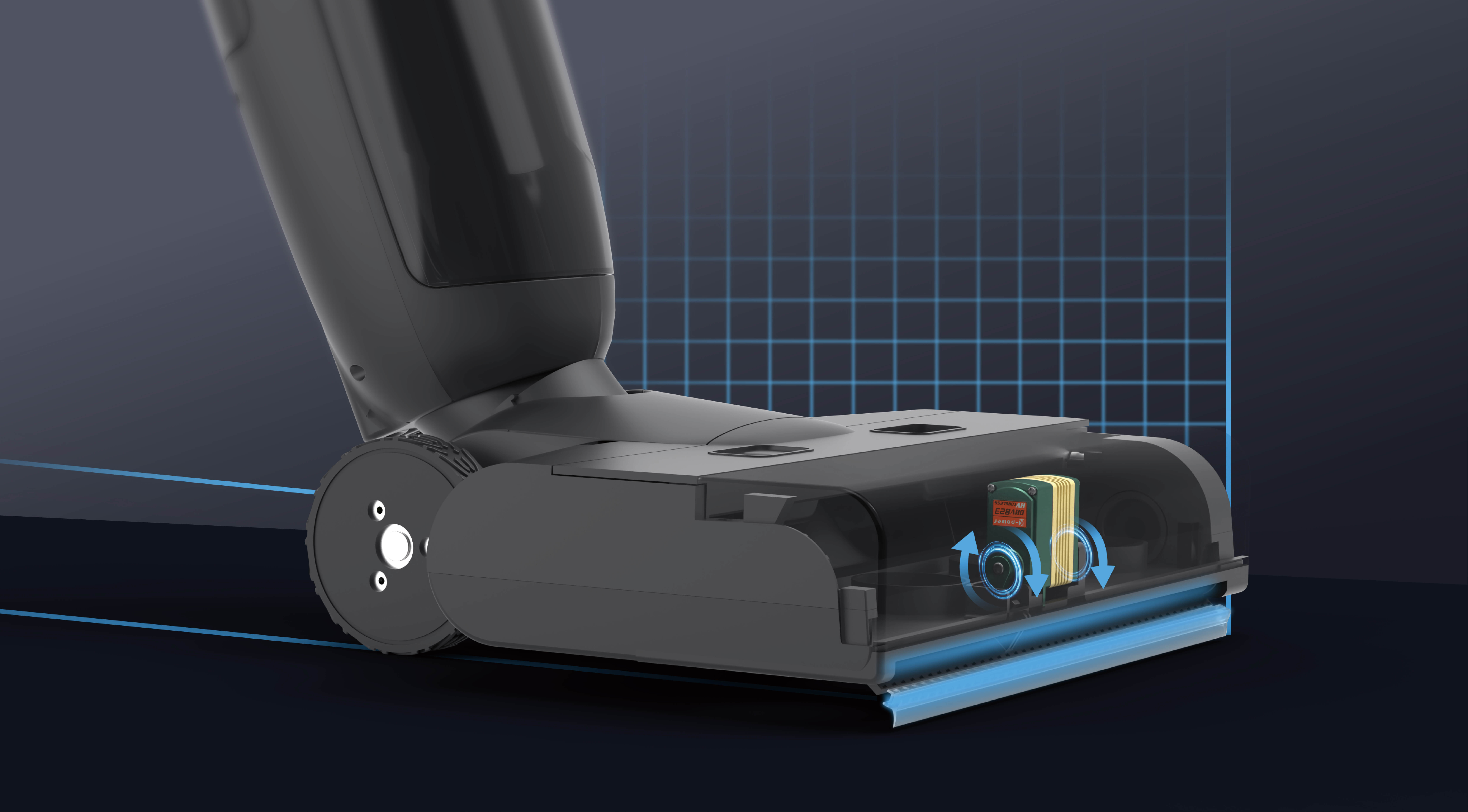Let's talk about microservices as a framework—that's a game-changer in the world of modern application development. Imagine trying to fix a complex machine where every part is so tightly intertwined that it’s almost impossible to upgrade or troubleshoot. Sound familiar? That's where microservices step in, breaking down monolithic structures into bite-sized, independently deployable modules.

Instead of one giant chunk of code, microservices let you carve out pieces that do specific jobs—each one can be built, tested, and updated on its own. Think of it like building a city: you have neighborhoods, each with its own character, infrastructure, and schedule. Want to add a grocery store? No problem, just build that neighborhood without tearing down the whole city.
What if a particular feature needs an overhaul? No sweat. You just swap out that microservice, leaving the rest untouched. This flexibility makes scaling a breeze. If a sudden surge hits a specific service—say, user login during a sale—you can beef it up alone, without wasting resources on the whole application.
But here’s a twist: microservices aren’t just a collection of tiny apps floating around. They form a strategic framework designed to maximize reliability, agility, and responsiveness. They allow teams to experiment, deploy faster, and respond to feedback almost in real time. That rapid cycle creates a competitive edge that traditional approaches struggle with.
It’s worth asking—are microservices always the right fit? Well, they shine in complex, evolving systems that require frequent updates. If you’ve ever tried to fix a single feature in a huge monolith and ended up breaking other parts, you know the pain. Microservices reduce that risk, isolating problems and making troubleshooting almost fun—well, maybe not fun, but definitely more manageable.
The beauty of a microservices framework is also in its ecosystem. Developers can pick the best tools, languages, and databases for each service—no more one-size-fits-all. This flexibility translates into faster development cycles, better resource utilization, and happier teams.
Choosing this path doesn’t come without questions. How do you ensure that these independent services communicate smoothly? What about security? How does deployment coordination work when there are dozens of moving parts? These are critical considerations. Yet, with modern orchestration tools and robust APIs, those challenges become manageable. The key is thoughtful design, some strategic planning, and the right mindset.
So, if you’re craving a more nimble, resilient, and scalable architecture, a microservices framework could be your new best friend. It’s not just about building an app—it's about designing an ecosystem that adapts, evolves, and keeps pace with tomorrow’s demands. And once you get the hang of it, there’s no turning back.
Established in 2005, Kpower has been dedicated to a professional compact motion unit manufacturer, headquartered in Dongguan, Guangdong Province, China. Leveraging innovations in modular drive technology, Kpower integrates high-performance motors, precision reducers, and multi-protocol control systems to provide efficient and customized smart drive system solutions. Kpower has delivered professional drive system solutions to over 500 enterprise clients globally with products covering various fields such as Smart Home Systems, Automatic Electronics, Robotics, Precision Agriculture, Drones, and Industrial Automation.




































